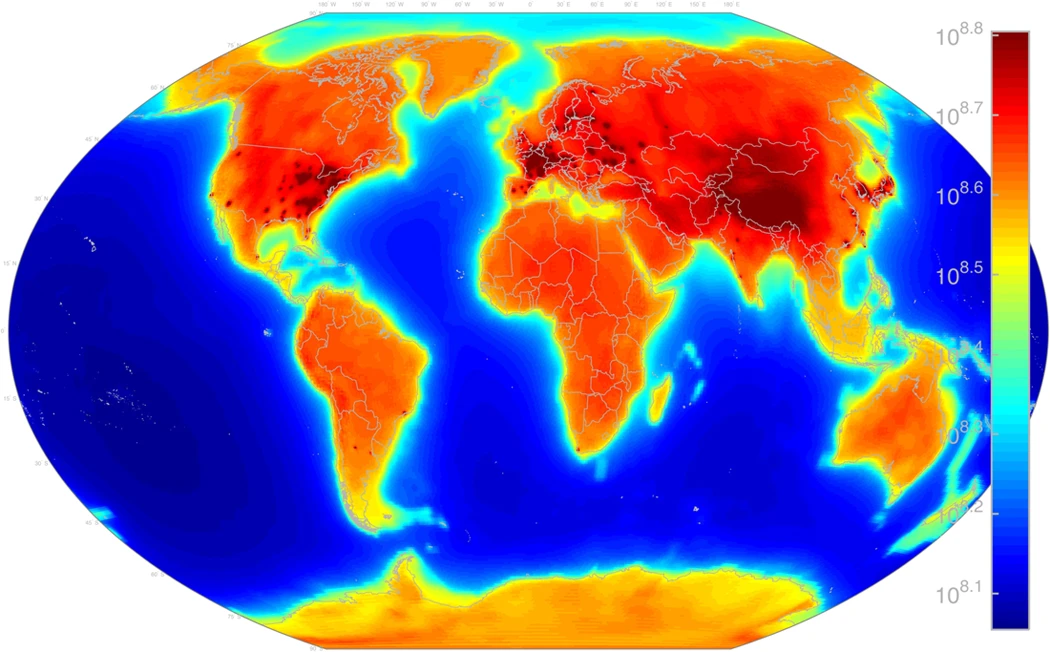- #1
TimeSkip
- 44
- 4
I was browsing a antineutrino map and was wondering if there was a meltdown in 2015 when it was taken.
I never heard about it in the news; but, here are some pictures from the paper:
https://www.nature.com/articles/srep13945


Thoughts?
I never heard about it in the news; but, here are some pictures from the paper:
https://www.nature.com/articles/srep13945

Thoughts?